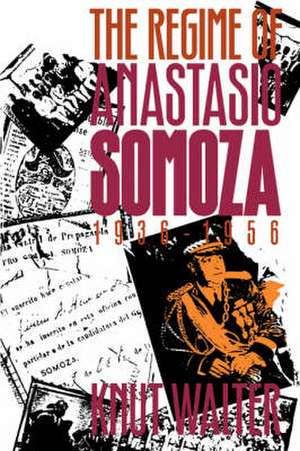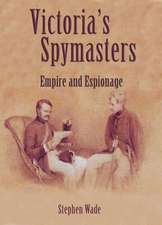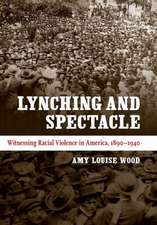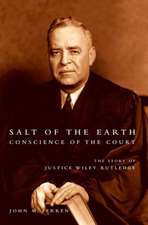Regime of Anastasio Somoza, 1936-1956
Autor Knut Walteren Limba Engleză Paperback – 31 oct 1993
Preț: 392.66 lei
Nou
Puncte Express: 589
Preț estimativ în valută:
75.14€ • 78.65$ • 62.54£
75.14€ • 78.65$ • 62.54£
Carte tipărită la comandă
Livrare economică 31 martie-14 aprilie
Preluare comenzi: 021 569.72.76
Specificații
ISBN-13: 9780807844274
ISBN-10: 0807844276
Pagini: 324
Dimensiuni: 158 x 235 x 23 mm
Greutate: 0.52 kg
Editura: University of North Carolina Press
ISBN-10: 0807844276
Pagini: 324
Dimensiuni: 158 x 235 x 23 mm
Greutate: 0.52 kg
Editura: University of North Carolina Press
Textul de pe ultima copertă
According to Walter, Somoza preferred to resolve conflicts by political means rather than by outright coercion. Specifically, he built his government on agreements negotiated with the country's principal political actors, labor groups, and business organizations. Nicaragua's two traditional parties, one conservative and the other liberal, were included in elections, thus giving the appearance of political pluralism.











